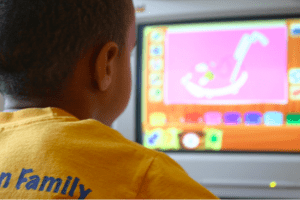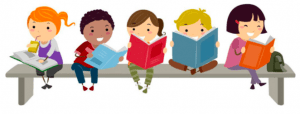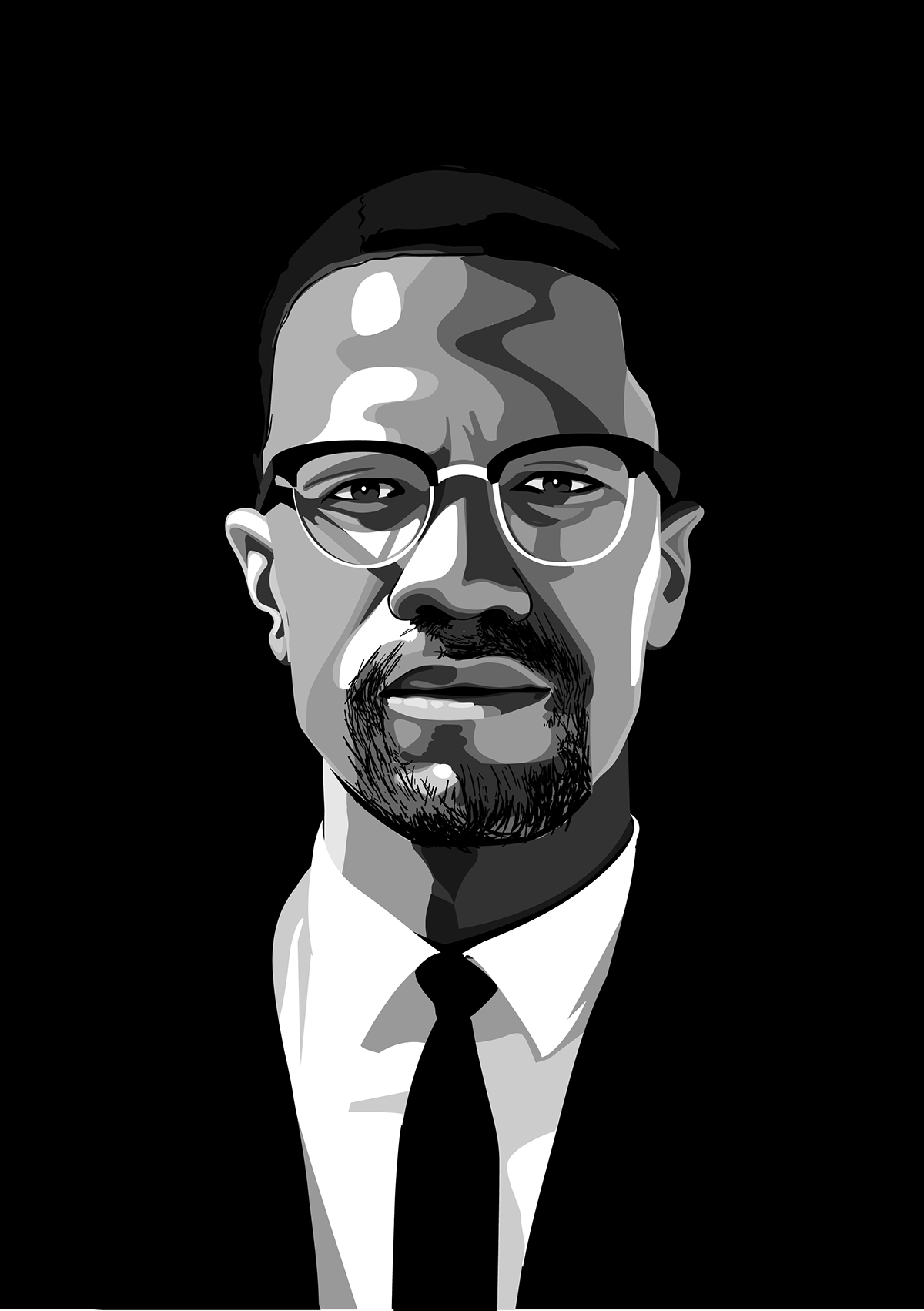So, quick recap: when the COVID-19 pandemic hit last year, many schools and universities went online and remain that way to this day. You know how it is. We’ve all been living it for what feels like forever and also somehow five minutes.
With online school came the ubiquitous use of Zoom, the video conferencing application we’re all a bit too used to by now. Don’t get me wrong, I’m definitely grateful for Zoom. Without it, I’d never have gotten the chance to continue my education. Until quite recently, no such technology existed that allowed professors and students to communicate across thousands of miles.
 But there’s one aspect of Zoom calling that I still just can’t get used to: being on camera. I’m confident many of my classmates feel the same way. While some professors (especially in small classes) require students to have their cameras on during class, many don’t, leaving the choice of “to show my face or not” up to students. Sometimes, students turn their cameras on so as to try to engage more with professors and show their attention. That makes sense to me. From an educator point of view, I can only imagine how disheartening it might be to talk to what looks like no one. Yet oftentimes, at least in my and many of my friends’ cases, entire lectures and recitation sections are nothing but a sea of black squares.
But there’s one aspect of Zoom calling that I still just can’t get used to: being on camera. I’m confident many of my classmates feel the same way. While some professors (especially in small classes) require students to have their cameras on during class, many don’t, leaving the choice of “to show my face or not” up to students. Sometimes, students turn their cameras on so as to try to engage more with professors and show their attention. That makes sense to me. From an educator point of view, I can only imagine how disheartening it might be to talk to what looks like no one. Yet oftentimes, at least in my and many of my friends’ cases, entire lectures and recitation sections are nothing but a sea of black squares.
Personally, I usually have my camera off, but not out of malice or lack of engagement in the class. I’m sure that’s the case for most students. But I still want to participate in my synchronous classes. The option that leaves me: asking and answering questions in the chat box feature.
The chat box has been a surprisingly useful tool for me over the last year, and from my and my friends’ experiences, it seems to have done the same for many other students. In my classes, people are constantly asking questions directed at our professors or TAs in the chat box. We’re also using it to talk amongst ourselves, in a sense. We know the chat isn’t private, yet students can often be found answering each others’ queries, reacting to things the professor said, and making jokes. The chat box has been a haven for people like me too anxious to turn on our cameras yet motivated enough to want to participate in class.
I have a pet theory about why it seems like so many students prefer the chat to being on camera. I think it has something to do with how most of us are comfortable existing online: as text on a screen only, as a disembodied voice rather than a person on video in their bedroom wearing sweatpants. For a long time, the only way we as individuals communicated online was via written communication. Email, instant messaging, and onto early social media sites like MySpace and Yahoo. Nowadays, plenty of writing-based social media platforms are still popular: Twitter, Tumblr, Reddit, Facebook, and etc.

This phenomenon reminded me of some ideas from Marilyn Cooper’s article “The Ecology of Writing“. Cooper discusses how there are different “ecologies” for writing (and, more broadly, communication). These ecologies are vast webs of sociocultural know-how and discourse, and they effect how we as writers or speakers choose to convey our thoughts. Five interconnected systems compose every ecology: the system of ideas, the system of purposes, the system of interpersonal interactions, the system of cultural norms, and the system of textual forms. Audience is also an important part of Cooper’s model. According to the older school of thought– the cognitive process model– the audience of a text is an imagined entity in the mind of a solitary author. In Cooper’s ecological model, the audience are real readers with whom writers share and edit their texts.
I don’t think we as a society have decided how (or what) exactly these five systems are in the modern ecology of Zoom. I think we are trying our best to act according to previous systems that are actually part of different models. After all, the rules and mores under each of the five categories, all of which prop up the ecology of “school”, have changed due to the online format. How do interpersonal interactions work when the lag accidentally causes two people to talk over each other? How is a student to grasp at ideas without seeing, hearing, touching them in person? What are the norms of this place?
There is a precedent for online behavior and discourse. It’s just not Zoom. It’s an amalgamation of customs and conventions that developed over time across various online communication platforms. I think we students are relying on the conventions we’ve picked up over our time on different platforms to inform how we interact on Zoom. I think students who rely on the chat box feature are more comfortable using the textual form of the written word, as opposed to speaking up on camera. Which makes sense: the written word is a textual form most of us are comfortable with, and it’s been around online for a long time.
But speaking face-to-face is also a textual form most of us are comfortable with, so why is speaking up on Zoom so difficult sometimes? I think the answer might have to do with our conception of audience. When school is conducted in-person, students have no choice but to view their educators and peers as “real readers” with whom they can interact. We’re used to speaking aloud to real readers (or listeners). But on Zoom, I think we sometimes see our educators and peers as… distant. Unreal. Like imaginary people represented by squares on a screen. Like the audience posited by the cognitive process model. I don’t think most of us are used to speaking aloud to that audience. But writing to them? We do that all the time.
I guess only time will tell what the social mores of Zoom will become. Or, hopefully, it won’t. Chat boxes are fine, but I’d like to get back to an ecology I’m used to sometime soon. But at least our brief migration to Zoomland will have taught us a lot about ourselves and how we behave online.










